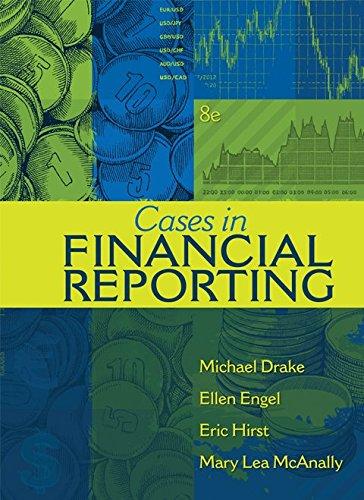Question
31. If the United States announces that it will borrow an additional $10 billion, this announcement will normally cause the bond traders to expect a.
31. If the United States announces that it will borrow an additional $10 billion, this announcement will normally cause the bond traders to expect
| a. | higher interest rates in the future, and will buy bonds now. |
| b. | higher interest rates in the future, and will sell bonds now. |
| c. | stable interest rates in the future, and will buy bonds now. |
| d. | lower interest rates in the future, and will buy bonds now. |
| e. | lower interest rates in the future, and will sell bonds now. |
32. Morgan would like to purchase a bond that has a par value of $1,000, pays $80 at the end of each year in coupon payments, and has 10 years remaining until maturity. If the prevailing annualized yield on other bonds with similar characteristics is 6 percent, how much will Morgan pay for the bond?
| a. | $1,000.00 |
| b. | $1,147.20 |
| c. | $856.80 |
| d. | none of the above |
33. Sioux Financial Corp. has forecasted its bond portfolio value for one year ahead to be $105 million. In one year, it expects to receive $10,000,000 in coupon payments. The bond portfolio today is worth $101 million. What is the forecasted return of this bond portfolio?
| a. | 10 percent |
| b. | 8.82 percent |
| c. | 4.32 percent |
| d. | 13.86 percent |
| e. | none of the above |
34. Hurricane Corp. recently purchased corporate bonds in the secondary market with a par value of $11 million, a coupon rate of 12 percent (with annual coupon payments), and four years until maturity. If Bullock intends to sell the bonds in two years and expects investors' required rate of return at that time on similar investments to be 14 percent at that time, what is the expected market value of the bonds in two years?
| a. | $9.33 million |
| b. | $11.00 million |
| c. | $10.64 million |
| d. | $9.82 million |
| e. | none of the above |
35. Assume a bond with a $1,000 par value and an 11 percent coupon rate, two years remaining to maturity, and a 10 percent yield to maturity. The duration of this bond is
| a. | 1.90 years. |
| b. | 1.50 years. |
| c. | 1.92 years. |
| d. | none of the above |
36. With a(n) ____ strategy, funds are allocated to bonds with a short term to maturity and bonds with a long term to maturity. Thus, this strategy allocates some funds to achieving a relatively high return and other funds to covering liquidity needs.
| a. | matching |
| b. | laddered |
| c. | barbell |
| d. | interest rate |
| e. | none of the above |
37. Which of the following bonds is most susceptible to interest rate risk from an investor's perspective?
| a. | short-term, high-coupon |
| b. | short-term, low-coupon |
| c. | long-term, high-coupon |
| d. | long-term, zero-coupon |
38 . ____ require the owner to clip coupons attached to the bonds and send them to the issuer to receive coupon payments.
| a. | Bearer |
| b. | Registered |
| c. | Treasury |
| d. | Corporate |
39. Interest earned from Treasury bonds is
| a. | exempt from all income tax. |
| b. | exempt from federal income tax. |
| c. | exempt from state and local taxes. |
| d. | subject to all income taxes. |
40. ____ bids for Treasury bonds specify a price that the bidder is willing to pay and a dollar amount of securities to be purchased.
| a. | Competitive |
| b. | Noncompetitive |
| c. | Negotiable |
| d. | Non-negotiable |
Step by Step Solution
There are 3 Steps involved in it
Step: 1

Get Instant Access to Expert-Tailored Solutions
See step-by-step solutions with expert insights and AI powered tools for academic success
Step: 2

Step: 3

Ace Your Homework with AI
Get the answers you need in no time with our AI-driven, step-by-step assistance
Get Started


